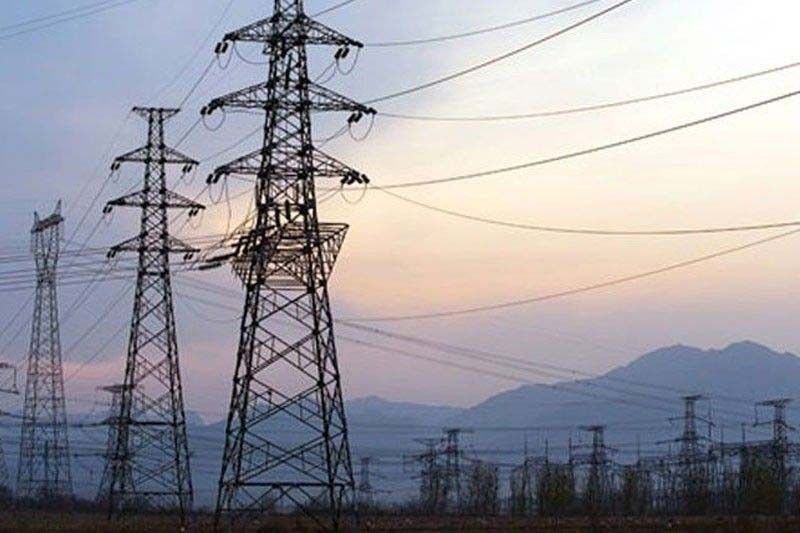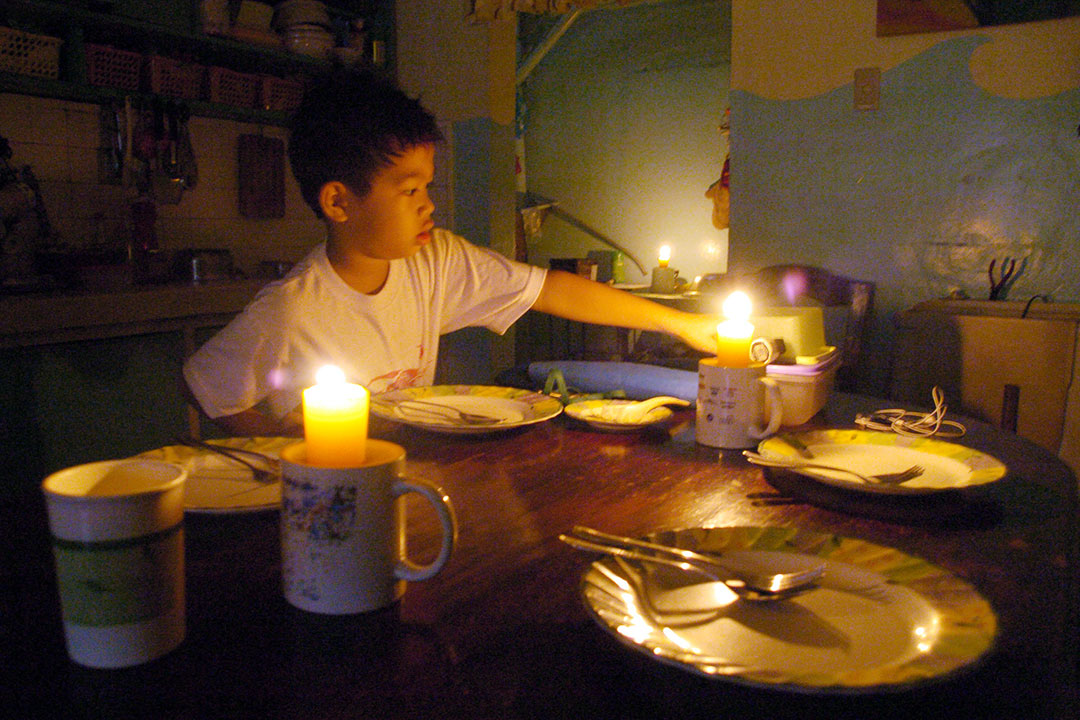
Upgrade to High-Speed Internet for only ₱1499/month!
Enjoy up to 100 Mbps fiber broadband, perfect for browsing, streaming, and gaming.
Visit Suniway.ph to learn
 BW FILE PHOTO
BW FILE PHOTOTHE PESO slipped against the dollar on Wednesday, mostly moving sideways as markets braced for the Trump administration’s latest tariffs.
The local unit closed at P57.215 per dollar on Wednesday, inching down by half a centavo from its P57.21 finish on Monday, Bankers Association of the Philippines data showed. The market was closed on Tuesday for a holiday in observance of Eid’l Fitr.
The peso opened Wednesday’s session nearly flat at P57.20 against the dollar. It dropped to as low as P57.25, while its intraday best was at P57.15 versus the greenback.
Dollars exchanged went down to $1.07 billion on Wednesday from $1.18 billion on Monday.
“The dollar-peso closed slightly lower on cautious trading ahead of the announcement of reciprocal tariffs from the US,” a trader said in a phone interview.
“US President Trump’s team has not reached a firm decision on its tariff plan and is still hashing out options,” Rizal Commercial Banking Corp. Chief Economist Michael L. Ricafort said in a Viber message.
The dollar was slightly stronger amid talks of a flat 20% global levy, Mr. Ricafort added.
For Thursday, the trader expects the peso to move between P57.10 and P57.50 per dollar, depending on the tariff announcement, while Mr. Ricafort said the local unit could range from P57.10 to P57.30.
The dollar firmed a touch and other currencies held in tight ranges on Wednesday as traders anxiously awaited details of US President Donald J. Trump’s plans for tariffs, which could upend the global trading system and shake financial markets, Reuters reported.
The euro last bought $1.0784 while sterling fetched $1.2907, both easing slightly ahead of a White House Rose Garden announcement scheduled for 2000 GMT that will likely see the imposition of steep new duties on US imports.
Mr. Trump has for weeks trumpeted April 2 as “Liberation Day,” and White House spokeswoman Karoline Leavitt said reciprocal tariffs on countries that impose duties on US goods would take effect immediately after Mr. Trump’s announcement.
Against the yen, the dollar rose very slightly to 149.70.
The Australian dollar was up 0.36% at $0.62301, recovering slightly from a fall at the start of the week.
Details about the size and scope of the trade barriers set to come into force remain unknown, but the Washington Post reported that Mr. Trump’s aides were considering a plan that would raise duties on products by about 20% from nearly every country, rather than targeting certain countries or products.
Worries about the impact of an escalating global trade war on the world’s largest economy and a slew of weaker-than-expected US data have stoked recession fears and in turn undermined the dollar this year.
The dollar rose marginally against a basket of currencies to 104.28 on Wednesday, though that comes after the greenback clocked a 3.1% fall in March, its worst monthly performance since November 2022. — Aaron Michael C. Sy with Reuters




